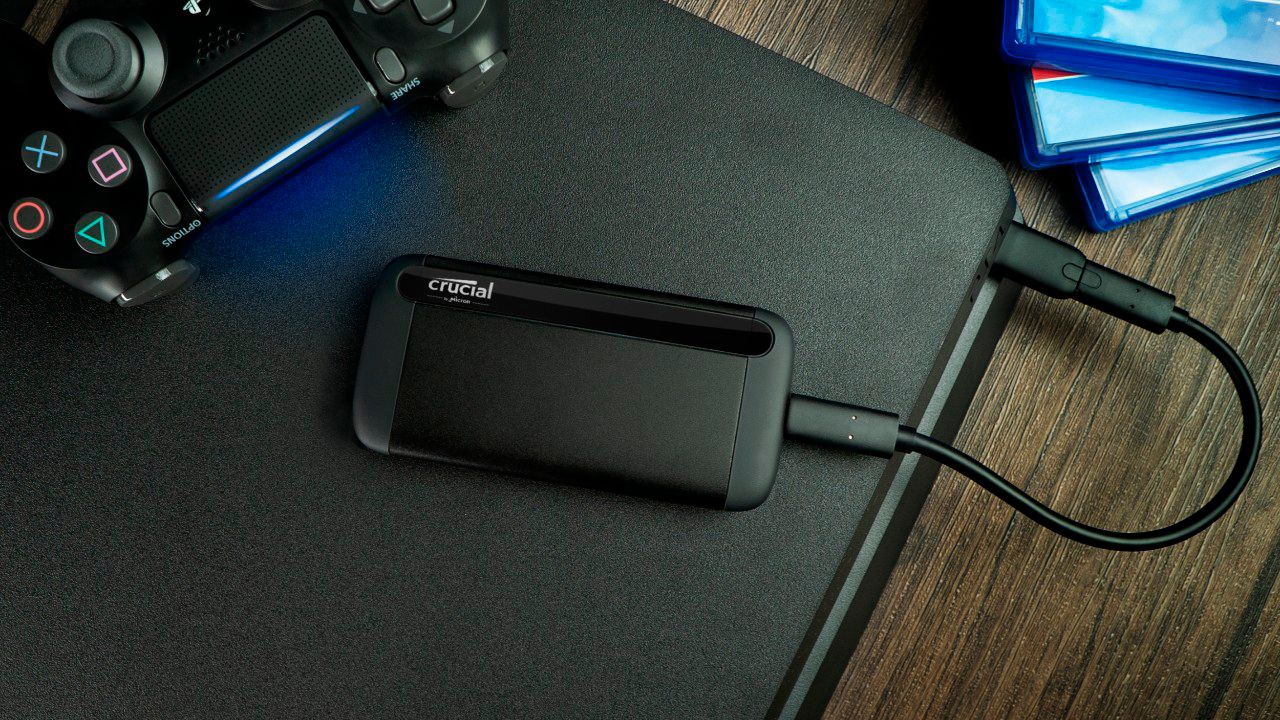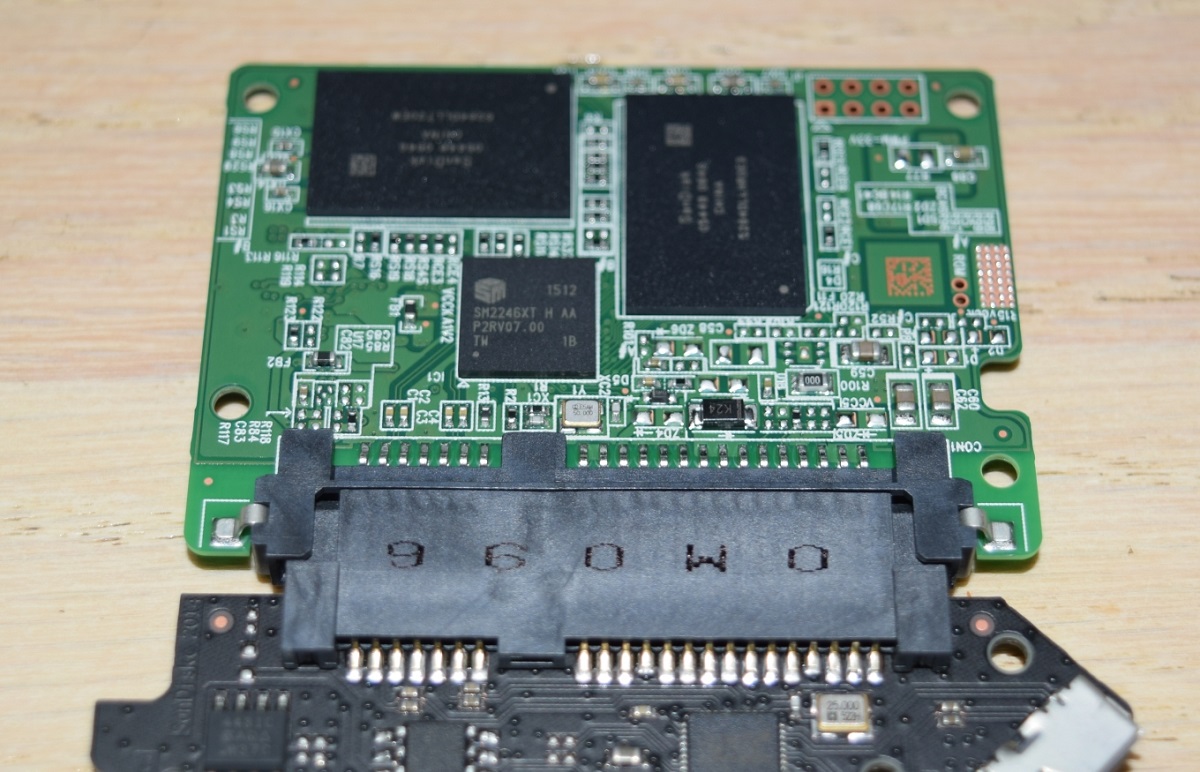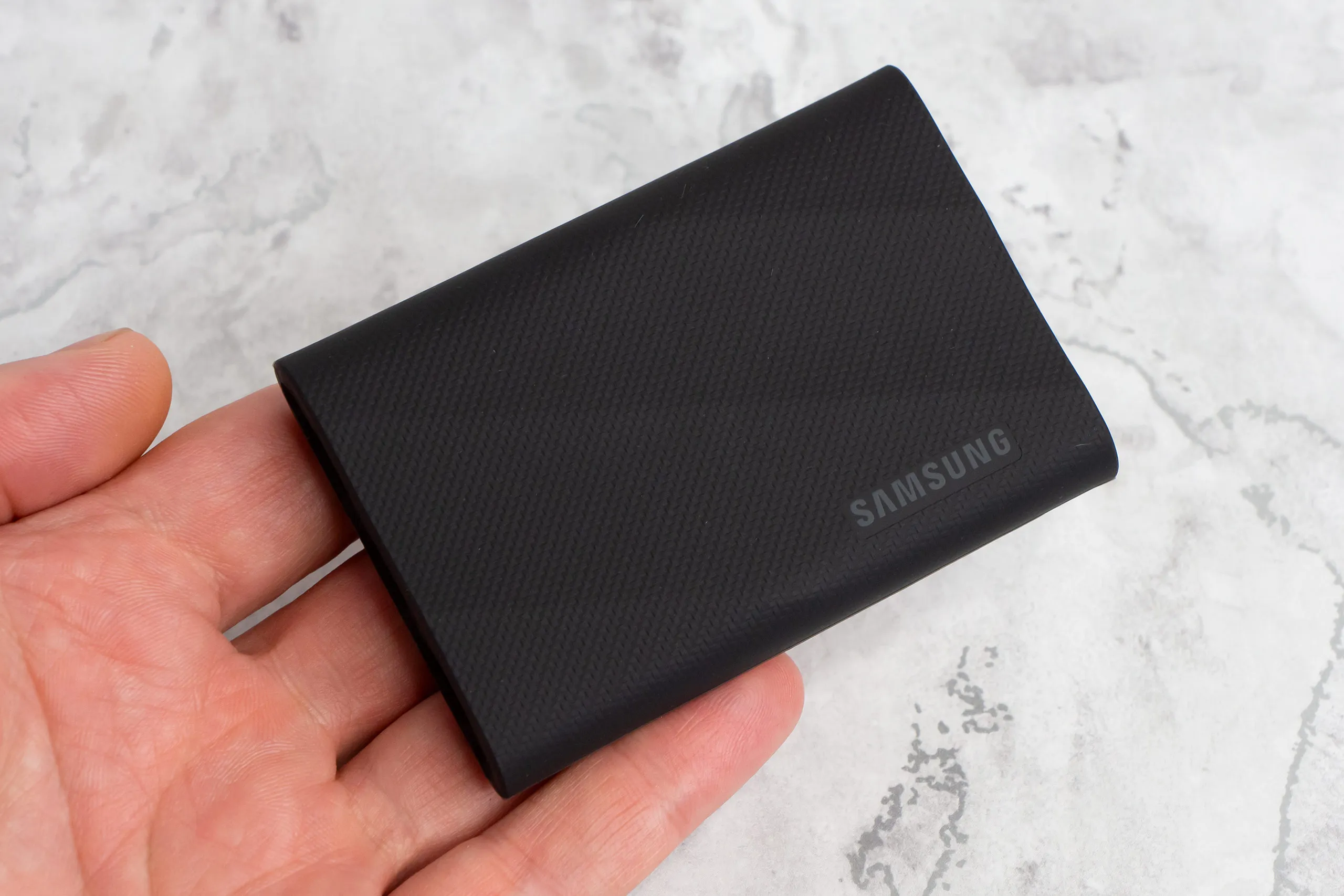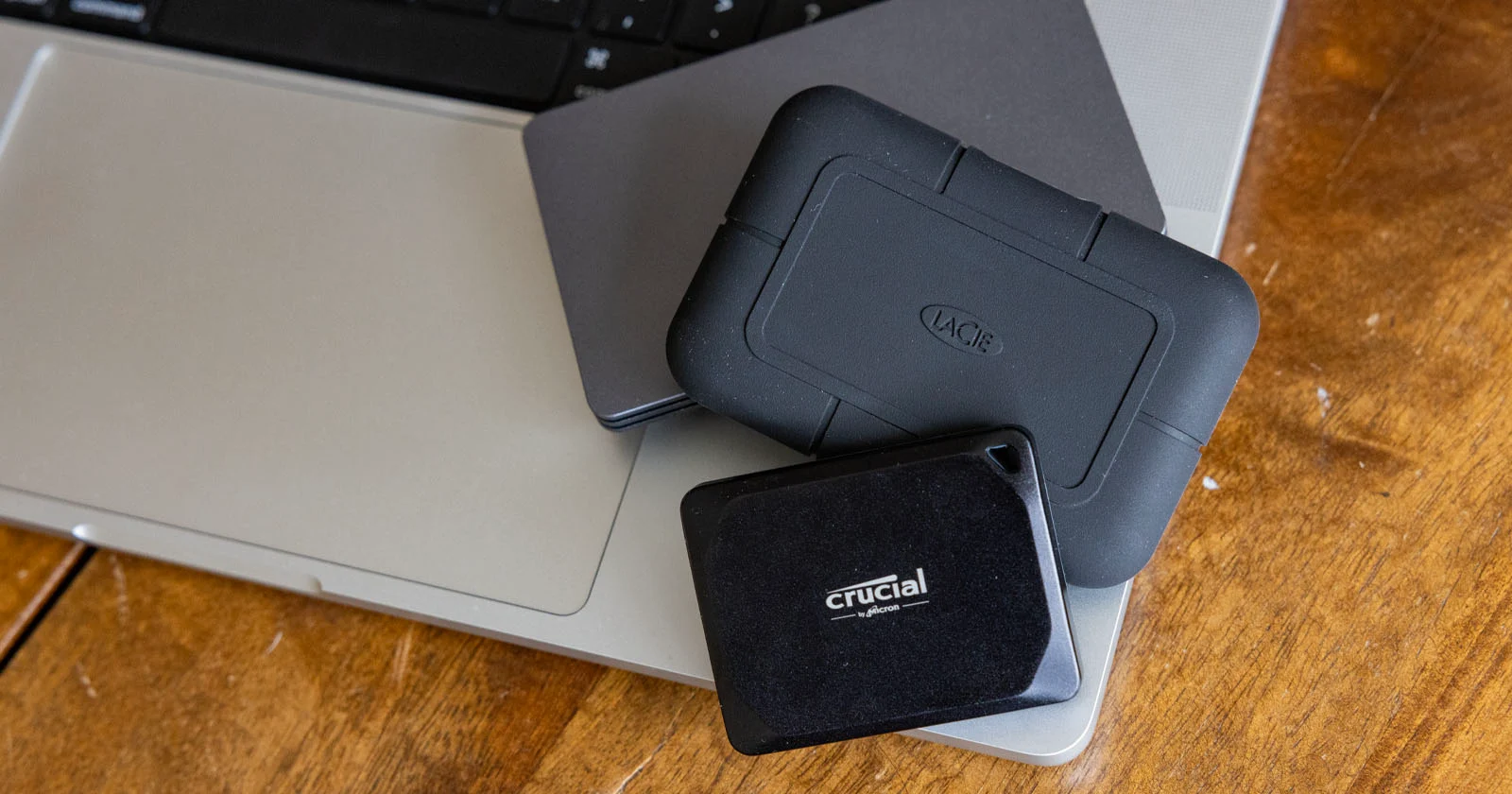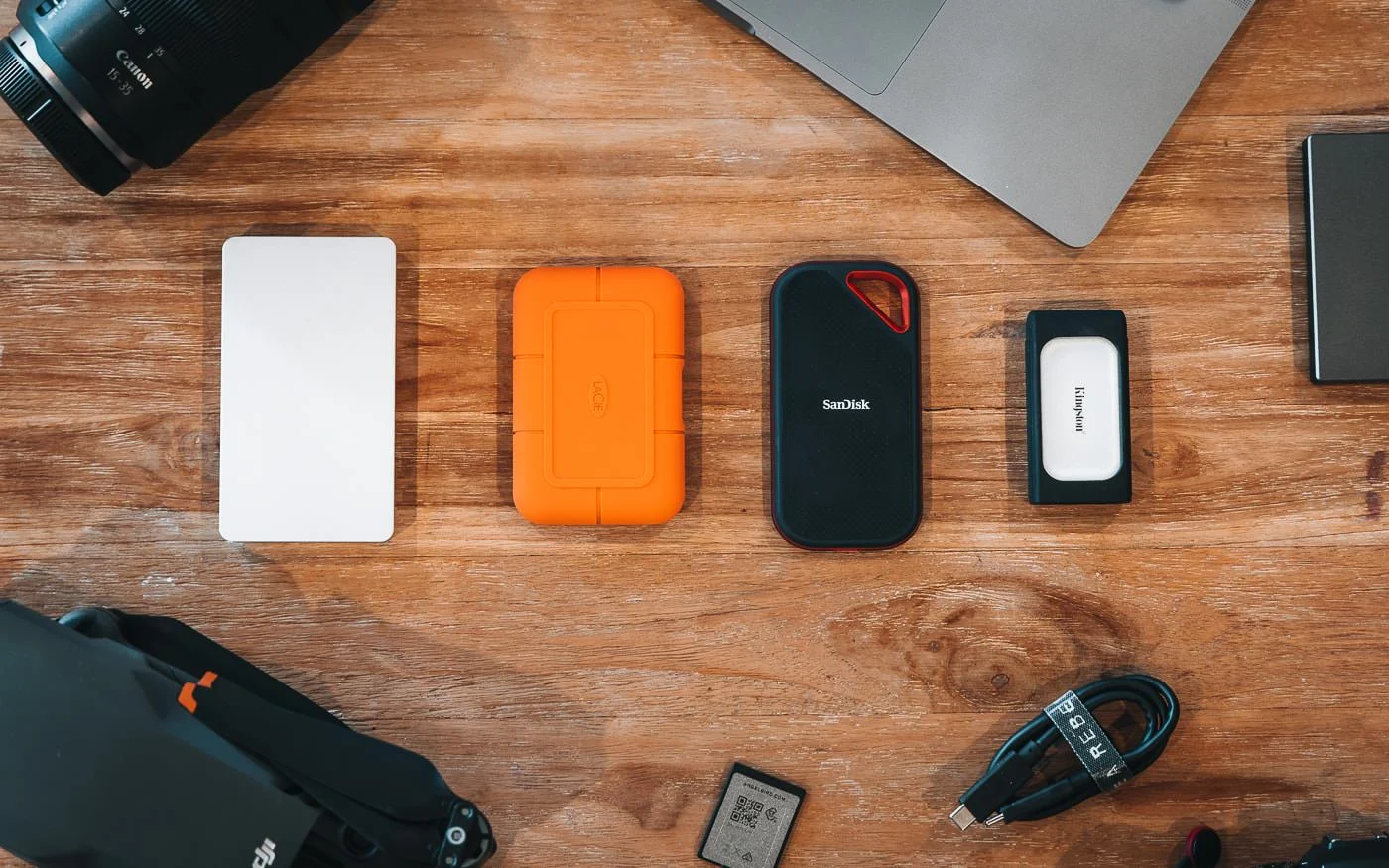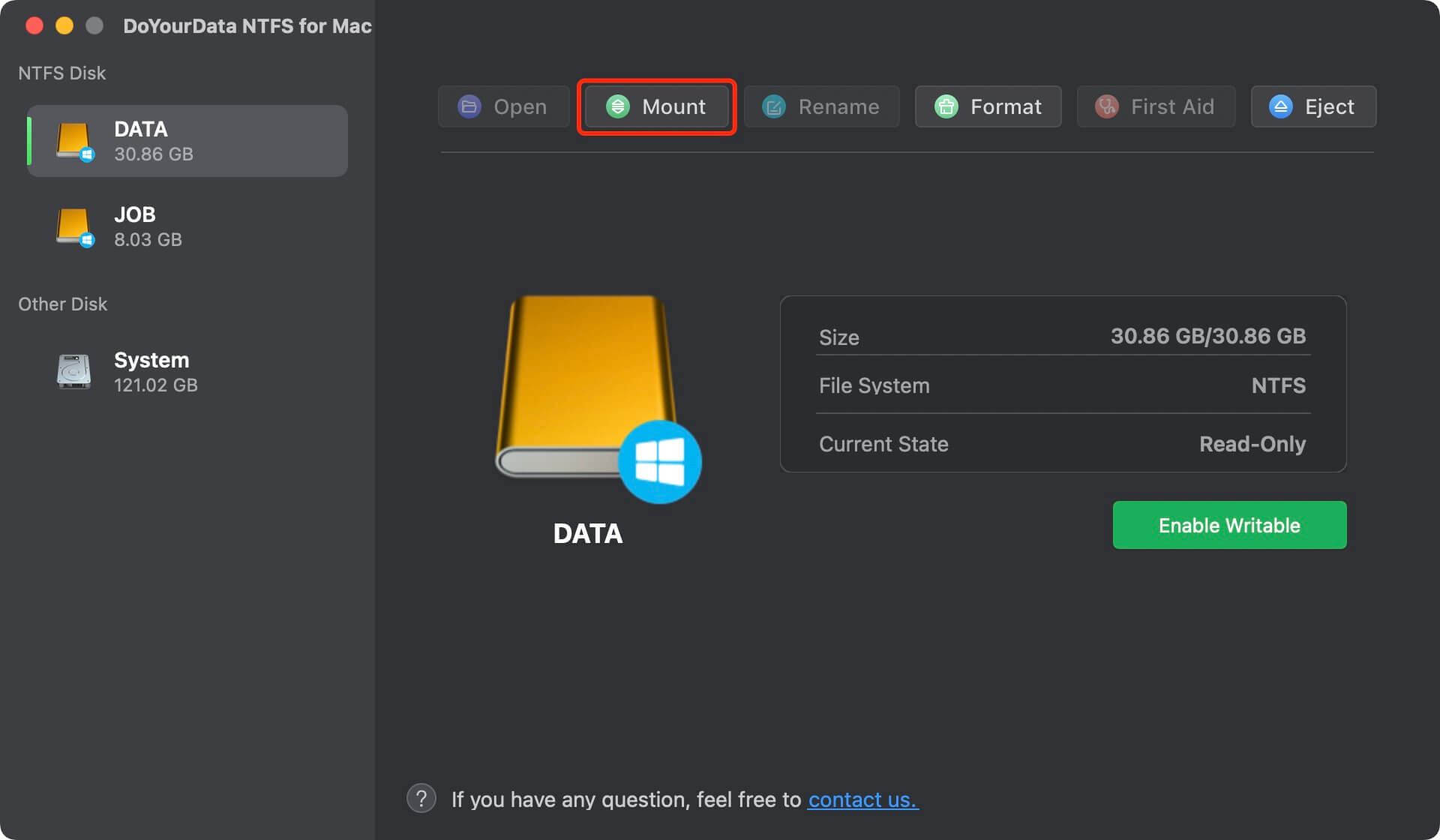Introduction
Welcome to our guide on how to free up space on portable SSDs. In today’s digital age, storage space is a valuable commodity, and as we accumulate files, photos, videos, and applications, our portable SSDs can quickly fill up. This can hinder performance and limit our ability to store new data.
Understanding how to effectively manage and free up space on your portable SSD is essential for optimizing its performance and maximizing its storage capacity. In this article, we will provide you with practical tips and techniques to help you reclaim valuable space on your portable SSD.
Whether you use your portable SSD for work, entertainment, or both, this guide will show you how to assess your storage needs, identify and delete unnecessary files, utilize compression techniques, and more. By following these tips, you’ll be able to free up space on your portable SSD and ensure that it continues to meet your storage requirements.
We’ll also explore the advantages of moving files to external hard drives or cloud storage, uninstalling unnecessary applications and programs, clearing cache and temporary files, managing system backups, and organizing data effectively.
By implementing the strategies outlined in this guide, you can optimize the storage capacity of your portable SSD and improve its overall performance. So, let’s dive in and discover how you can free up space on your portable SSD!
Understanding the Importance of Freeing Up Space on Portable SSDs
Portable SSDs have become increasingly popular due to their compact size, high storage capacity, and fast data transfer speeds. However, just like any other storage device, portable SSDs can become cluttered over time, leading to decreased performance and limited space for new files. Therefore, it is crucial to understand the importance of freeing up space on your portable SSD.
One of the primary reasons to free up space on your portable SSD is to ensure its optimal performance. When your SSD is filled to capacity, it can significantly reduce data transfer speeds and extend the time required to access files. On the other hand, by freeing up space, you allow the SSD to function more efficiently and maintain fast read and write speeds.
Another essential aspect is the ability to store new data. As our digital lives continue to expand, our need for storage space grows as well. Whether you need to save important work documents, download large media files, or back up valuable data, having sufficient space on your portable SSD is crucial. By regularly freeing up space, you ensure that you always have room for new files and data.
Moreover, a cluttered SSD can make it challenging to find and organize your files effectively. When files are scattered or mixed with unnecessary data, it becomes time-consuming and frustrating to locate specific documents or folders. By freeing up space and organizing your files, you create a more streamlined and efficient file management system.
Additionally, freeing up space on your portable SSD is essential for data security. As you accumulate files, there is an increased risk of data loss due to potential hardware failures or accidental deletions. By regularly backing up your data and freeing up space to store those backups, you significantly minimize the risk of losing valuable information.
In summary, freeing up space on your portable SSD is crucial for maintaining optimal performance, creating room for new data, improving file organization, and enhancing data security. By following the techniques and tips outlined in this guide, you will be able to effectively manage and maximize the storage capacity of your portable SSD. So, let’s proceed to the next section and learn how to assess your storage needs and usage.
Assessing Your Storage Needs and Usage
Before you begin the process of freeing up space on your portable SSD, it is essential to assess your storage needs and understand how you are utilizing your storage space. This step will help you gain clarity on which files and folders are taking up the most space and what kind of data you should prioritize for deletion or relocation. Here are some steps to help you assess your storage needs and usage effectively.
1. Review your current files and folders: Take some time to browse through the existing files and folders on your portable SSD. Pay attention to large files or folders that are consuming significant storage space. Look for any outdated or unnecessary files that can be safely removed.
2. Identify frequently accessed files: Determine which files you frequently access or use. These are likely to be your most important and frequently updated files. It is crucial to prioritize these files during the space management process to ensure they remain accessible and organized.
3. Consider file categories: Categorize your files based on their types, such as documents, photos, videos, or applications. This categorization will help you gain a better understanding of how different types of files contribute to your overall storage usage.
4. Estimate future storage needs: Think about any upcoming projects, events, or data-intensive activities that may require additional storage space. This will help you plan ahead and allocate sufficient space for future data storage.
5. Take into account backup requirements: If you are using your portable SSD as a backup solution, consider the amount of space needed for regular backups. Ensuring sufficient space for backups is essential to maintain the integrity of your data and provide an additional layer of protection.
By thoroughly assessing your storage needs and usage, you will gather valuable insights into which files and folders can be deleted, moved to external drives, or stored in cloud storage. This analysis will help you make informed decisions and optimize the space on your portable SSD effectively. Next, we will explore techniques for identifying and deleting unnecessary files and folders.
Identifying and Deleting Unnecessary Files and Folders
Once you have assessed your storage needs and usage, it’s time to identify and delete unnecessary files and folders on your portable SSD. By removing these space-consuming items, you can free up valuable storage space and improve the performance of your SSD. Here are some steps to help you in this process.
1. Sort files and folders by size: Begin by sorting your files and folders based on their size. This will allow you to identify the largest files and folders that are taking up the most space on your SSD. You can then prioritize deleting or relocating these items.
2. Delete duplicate files: Duplicate files can accumulate over time and unnecessarily consume storage space. Use a duplicate file finder tool to locate and delete any duplicate files on your portable SSD. Be cautious when deleting duplicate files, ensuring that you are not deleting any essential or personal files.
3. Delete temporary and cache files: Temporary and cache files are created by applications and can gradually take up a significant amount of space on your SSD. Use disk cleanup tools or manually delete these files to reclaim storage space. Remember to review the files before deleting, as some applications may store important data in temporary or cache files.
4. Remove outdated or unused applications: Uninstall any outdated or unused applications from your portable SSD. Many applications leave remnants and associated files behind even after the uninstallation, so consider using an uninstaller tool to ensure complete removal of these applications.
5. Delete old or unnecessary backups: If you have multiple backups on your portable SSD, evaluate which ones are outdated or no longer needed. Delete the backups that are no longer necessary, freeing up substantial amounts of storage space.
6. Consider cloud storage and external drives: As you identify and delete unnecessary files and folders, consider moving some of your data to cloud storage or external drives. This can help you further free up space on your portable SSD while still maintaining access to your files when needed.
By diligently identifying and deleting unnecessary files and folders, you can optimize the storage capacity of your portable SSD. This will not only free up space for new files and data but also enhance the overall performance and responsiveness of your SSD. In the next section, we will explore compression techniques that can further optimize space on your portable SSD.
Utilizing Compression Techniques for Files and Folders
Another effective strategy for freeing up space on your portable SSD is to utilize compression techniques for files and folders. Compression reduces the size of files and folders without permanently deleting any data, allowing you to reclaim valuable storage space. Here are some techniques you can use to compress your files and folders.
1. Compressing individual files: Most operating systems have built-in compression utilities that allow you to compress individual files. Right-click on a file, select the compression option, choose the desired compression level, and wait for the process to complete. This technique is particularly useful for files that are rarely accessed or are not required in their uncompressed state.
2. Creating compressed archive files: If you have multiple files or folders that you want to compress, you can create compressed archive files. Archive formats such as ZIP or RAR allow you to compress multiple files and folders into a single file. This can significantly reduce the storage space required while keeping the files organized and easily accessible. Ensure you remember the location and password (if any) used to create the compressed archive for future retrieval.
3. Using specialized compression software: There are various third-party compression software available that offer advanced compression algorithms and features. These tools can often provide better compression ratios and more control over the compression process. Some popular compression software includes WinRAR, 7-Zip, and WinZip. Explore these options to find the software that best suits your needs.
4. Consider the trade-off between compression and accessibility: When compressing files or folders, it’s important to consider the trade-off between storage space savings and accessibility. Compressed files may take longer to decompress when accessed, so ensure that the files you compress are not frequently accessed or are not critical for immediate use.
5. Keep a backup of uncompressed files: Before compressing files and folders, it’s always a good practice to keep a backup of the uncompressed versions. This ensures that you still have access to the original files if needed and provides an extra layer of data protection.
By utilizing compression techniques, you can significantly reduce the space occupied by files and folders on your portable SSD. This technique is particularly beneficial for files that are infrequently accessed or do not require immediate access. However, be mindful of the trade-off between compression and accessibility, and keep backups of uncompressed files when necessary. In the next section, we will explore the option of moving files to cloud storage or external hard drives to free up space on your portable SSD.
Moving Files to Cloud Storage or External Hard Drives
If you find that your portable SSD is still running out of space after utilizing compression techniques and deleting unnecessary files, consider moving some of your files to cloud storage or external hard drives. This approach not only frees up space on your portable SSD but also provides a secure and convenient way to access your files when needed. Here are some steps to help you move files to cloud storage or external hard drives.
1. Choose a reliable cloud storage service: There are several reputable cloud storage services available, such as Dropbox, Google Drive, and Microsoft OneDrive. Research these services to determine which one best suits your needs in terms of storage capacity, pricing plans, and additional features.
2. Sign up and create an account: Once you’ve decided on a cloud storage service, sign up and create an account. Most services offer a free tier with limited storage space, while others provide paid plans with higher storage capacities. Choose a plan that aligns with your storage requirements.
3. Install the cloud storage client: Install the client application provided by the cloud storage service on your computer. This client allows you to easily upload and sync files between your computer and the cloud storage platform. Ensure that you set up the client to sync specific folders or files from your portable SSD to the cloud storage.
4. Move files to cloud storage: Once the client is set up and configured, you can start moving files from your portable SSD to the cloud storage. Take your time to organize and categorize your files within the cloud storage folders for easy access and management.
5. Consider external hard drives: If you prefer physical storage solutions, external hard drives are an excellent option. They provide large storage capacities and offer the flexibility of easily connecting to different devices. Simply connect an external hard drive to your computer and transfer files from your portable SSD to the external drive. Remember to organize and label the files on the external hard drive for easy navigation.
6. Maintain backups: Whether using cloud storage or external hard drives, it’s crucial to maintain regular backups of your files. This ensures that you have additional copies of your data in case of any unexpected loss or corruption.
By moving files to cloud storage or external hard drives, you can effectively free up space on your portable SSD while still having access to your files whenever you need them. Take advantage of the convenience and security offered by these storage solutions. In the next section, we will delve into the importance of uninstalling unnecessary applications and programs to further optimize space on your portable SSD.
Uninstalling Unnecessary Applications and Programs
Over time, we tend to accumulate a plethora of applications and programs on our portable SSDs. Many of these applications may no longer serve a purpose or are rarely used, taking up valuable storage space. Uninstalling unnecessary applications and programs not only frees up space but also helps streamline your system’s performance. Here are some steps to effectively uninstall unnecessary applications and programs from your portable SSD.
1. Identify unused or rarely used applications: Take some time to review your list of installed applications and identify those that you rarely use or no longer need. Consider the ones that take up the most space or have become obsolete.
2. Utilize the built-in uninstaller: Most operating systems have a built-in uninstaller feature that allows you to remove applications and programs. Go to the “Control Panel” or “Settings” on your computer, find the “Programs” or “Applications” section, and select the application you wish to uninstall. Follow the prompts to complete the uninstallation process.
3. Use third-party uninstaller applications: In some cases, the built-in uninstaller may not completely remove all traces of an application. Consider using third-party uninstaller applications, such as Revo Uninstaller or IObit Uninstaller, which can help remove leftover files and registry entries associated with the uninstalled applications.
4. Reclaim disk space after uninstallation: After uninstalling applications, it’s important to reclaim the disk space they occupied. Use a disk cleanup tool or the built-in storage management feature in your operating system to delete temporary files and residual data left behind by the uninstalled applications.
5. Regularly review and uninstall unused applications: Make it a habit to regularly review and uninstall applications you no longer use. This will help keep your portable SSD clutter-free and optimize its storage capacity.
6. Consider portable software alternatives: If you find yourself frequently using specific applications or programs, consider using portable versions of those software. Portable software can be installed on external storage devices or cloud storage, allowing you to run them without taking up space on your portable SSD.
By uninstalling unnecessary applications and programs, you can reclaim valuable space on your portable SSD and improve system performance. Take the time to regularly review and remove unused applications to ensure your storage is optimized. In the next section, we will explore the importance of clearing cache and temporary files to further free up space on your portable SSD.
Clearing Cache and Temporary Files
Cache and temporary files are generated by various applications and can quickly accumulate on your portable SSD, taking up valuable storage space. Clearing these files not only helps free up space but also improves system performance. Here are some steps to effectively clear cache and temporary files from your portable SSD.
1. Clear browser cache: Web browsers often store website data, images, and other files in a cache to load websites faster. However, over time, this cache can grow significantly. Open your web browser’s settings, find the option to clear browsing data, and select the cache option. This will remove the cached files, freeing up space on your portable SSD.
2. Use disk cleanup tools: Many operating systems have built-in disk cleanup tools that can clear unnecessary files, including temporary files, cache, and system junk. Run the disk cleanup tool and select the appropriate options to clear these files from your portable SSD.
3. Delete temporary files: Applications often create temporary files that are no longer needed after their use. Use the disk cleanup tool or manually delete these files from your system. Be cautious when deleting temporary files, as some applications may still be using them. If unsure, rely on the disk cleanup tool to identify and remove the appropriate temporary files.
4. Clear application cache: Some applications, such as photo editors or video editing software, generate cache files to facilitate quicker access to recently used images or project files. Open the settings or preferences section of these applications and locate the option to clear the cache or delete cache files. Removing these files can help free up space on your portable SSD.
5. Automate cache and temporary file cleaning: To streamline the process of clearing cache and temporary files, consider using automated tools or applications that can perform regular cleanups. These tools can be scheduled to run at specific intervals and clear out unnecessary files without manual intervention.
6. Regularly check and clear download folders: Download folders often accumulate various files that you may no longer need. Regularly check and clear these folders, removing any downloaded files that are no longer necessary.
By clearing cache and temporary files, you can free up significant amounts of space on your portable SSD. Regularly perform these cleanups to maintain optimal storage capacity and improve system performance. In the next section, we will explore the importance of managing and optimizing system backups to further optimize space on your portable SSD.
Managing and Optimizing System Backups
System backups are crucial for safeguarding your data and ensuring its recovery in case of unforeseen circumstances. However, backups can consume a significant amount of storage space on your portable SSD. Managing and optimizing your system backups will help you free up space and maintain an efficient backup strategy. Here are some steps to effectively manage and optimize your system backups.
1. Evaluate backup frequency: Review the frequency at which your system backups are created. Consider the importance and frequency of changes to your data and adjust the backup schedule accordingly. If certain files or folders rarely change, you can reduce the backup frequency or exclude them from regular backups.
2. Review backup retention policies: Determine how long you need to retain your backup data. Depending on your needs, you may choose to retain backups for a shorter period, saving space on your portable SSD. However, be mindful of retaining backup data for a reasonable period to ensure you can recover important files when needed.
3. Utilize incremental backups: Instead of performing full backups every time, consider using incremental backups. Incremental backups only backup the changes made since the last backup, reducing the storage space required. This approach is particularly useful for large files or databases that have frequent small updates.
4. Explore backup compression options: Some backup software offers compression options, allowing you to compress the backup files. Compressing the backups can significantly reduce their size, freeing up space on your portable SSD. However, ensure that the compression does not compromise the backup’s integrity or accessibility when needed.
5. Offload backups to external storage: Consider offloading older or less frequently needed backups to external storage devices, such as external hard drives or network-attached storage (NAS). This relocates the backup files and frees up space on your portable SSD, while still keeping the backups accessible when required.
6. Regularly review and delete unnecessary backups: Periodically review your backups and delete any redundant or unnecessary backups. This step ensures that you only retain backups that are essential and relevant to your current data needs.
By managing and optimizing your system backups, you can reclaim storage space on your portable SSD while still ensuring the safety and availability of your data. Regularly assess your backup strategy and adjust it to align with your storage requirements. In the next section, we will explore the importance of deleting duplicate files and reorganizing data on your portable SSD.
Deleting Duplicate Files and Reorganizing Data
Duplicate files not only waste valuable storage space on your portable SSD but also make it harder to find the files you need. Reorganizing your data and deleting duplicate files can help optimize your storage capacity and improve file management. Here are some steps to effectively delete duplicate files and reorganize your data.
1. Utilize duplicate file finders: There are numerous duplicate file finder tools available that can scan your portable SSD and identify duplicate files. These tools compare file names, sizes, and even contents to locate duplicate files. Once identified, you can safely delete these duplicates, freeing up storage space.
2. Review and compare duplicate files: Before deleting duplicate files, review and compare them to ensure they are true duplicates. Pay attention to file names, sizes, and locations to determine which duplicate file to keep and which to delete. Be cautious not to delete files that are essential or have different versions/variants.
3. Organize files into meaningful folders: Create a logical folder structure to organize your data effectively. Group similar files together in respective folders based on categories or projects. This helps you easily locate and navigate through your files, improving efficiency and file management.
4. Use descriptive file names: Give your files meaningful and descriptive names to quickly identify their content. Avoid generic names like “Untitled” or “20210827,” as they can lead to confusion and difficulty locating specific files.
5. Archive old or infrequently accessed files: Identify files that are rarely accessed but still need to be retained for reference purposes. Instead of deleting these files, consider archiving them in separate folders or compressing them into an archive format. This helps free up space on your portable SSD while keeping the files accessible when needed.
6. Maintain a regular reorganization schedule: Schedule regular reorganization sessions to keep your data organized and clutter-free. A quarterly or yearly review of your files and folders can prevent clutter from building up and optimize the storage space on your portable SSD.
By deleting duplicate files and reorganizing your data, you can free up substantial storage space and enhance your file management capabilities. Take the time to regularly review your files, delete duplicates, and create a logical folder structure. This will result in a more efficient and streamlined storage system on your portable SSD. In the next section, we will conclude our guide and summarize the key points discussed throughout the article.
Conclusion
In conclusion, effectively managing and optimizing the storage space on your portable SSD is crucial for maintaining optimal performance and ensuring you have enough room for your data. By following the steps outlined in this guide, you can free up space on your portable SSD and make the most of its storage capacity.
Start by assessing your storage needs and usage, identifying unnecessary files and folders, and utilizing compression techniques to reduce file sizes. Consider moving files to cloud storage or external hard drives to offload data and create more space on your portable SSD. Uninstall unnecessary applications and programs, clear cache and temporary files, and optimize your system backups to reclaim valuable storage space.
In addition, regularly delete duplicate files, reorganize your data into logical folders, and maintain a clean and clutter-free storage system. These practices not only free up space but also enhance file organization and overall system performance.
Remember to exercise caution when deleting or moving files, ensuring you have backups of important data and double-checking before deleting any files permanently. Regularly review and evaluate your storage usage, making adjustments as needed to optimize your portable SSD’s storage capacity.
By implementing these strategies, you can enjoy an efficient and space-efficient portable SSD, ensuring you always have room for new files and data. Maximize the performance of your portable SSD and streamline your digital storage experience with these effective space-saving techniques.
Thank you for reading our guide on how to free up space on portable SSDs. We hope that this article has provided you with valuable insights and practical tips to optimize your storage space and enhance your overall experience with your portable SSD. Happy organizing and maximizing your storage capacity!







